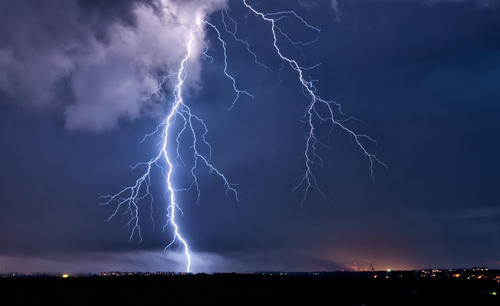Spring is here, which means we must get ready for severe weather events across the country. Consequently, it is important that you revise your normal routine to include checking the weather in your area throughout the day. If you haven’t done it already, be sure to add a weather app to your computer or phone and check it regularly. AccuWeather, the Weather Channel, and Dark Sky are a few good options for monitoring the weather.
Here are some additional steps you can take to ensure your continued safety:
- Know the area where you work. If you are working along the coast, you are in hurricane central. If you are working in North Texas or Oklahoma, you are in tornado alley, West Texas is susceptible to flash flooding, and East Texas is known for heavy rainstorms. If you are working inside, know where your emergency exits are located and the location of the storm shelter, if any. If you are working outside, your supervisor should inform you where you and others need to go during a storm. If possible, walk the route to your designated safety point and always pay attention to structures or materials that may become obstacles during a severe storm.
- Pay attention to sudden and significant changes in the weather. Do not take a sudden increase in the wind for granted. If you are experiencing sudden high winds, there is a reasonable chance that a significant weather event will follow. This is a good sign for you to check your weather app or contact your supervisor to determine if there is a chance of a severe weather event.
- When traveling in a vehicle, always keep a supply of water and snacks handy. Check the weather before getting on the road, and don’t take unnecessary chances when severe weather comes up. Always pay attention to your surroundings, no matter the region you are traveling in. Remember, high winds can knock down trees and power lines and stir up other debris. Additionally, high winds can kick up sudden sandstorms resulting in reduced visibility and respiratory problems. If you are traveling during a rainstorm, do not take chances driving across areas with running water; running water can be very deceptive and may mask a flooded area that is deeper than it appears.
While this article has highlighted some common and general severe weather events and safety protocols, you need to review safety procedures for specific rules and requirements. If you have questions or concerns, please contact your supervisor. Additional severe weather safety tips can be obtained via the OSHA website section 29 CFR 1910.38.

